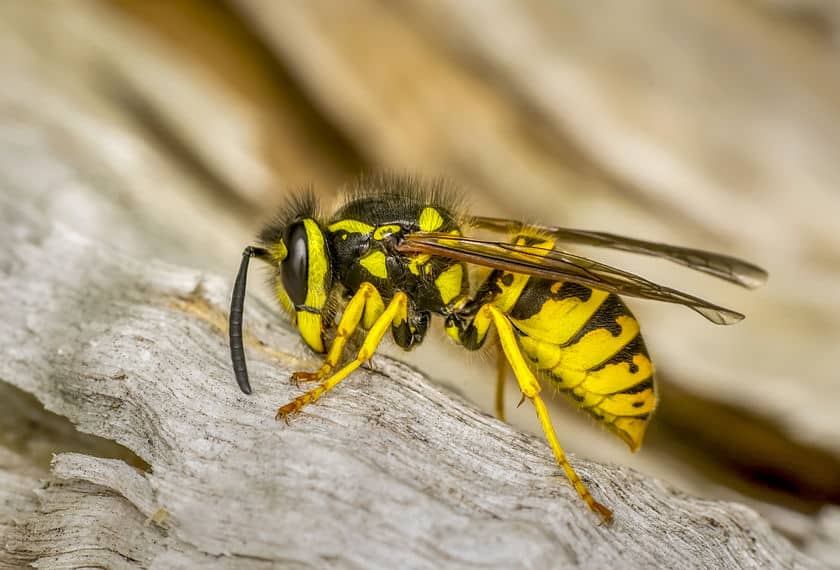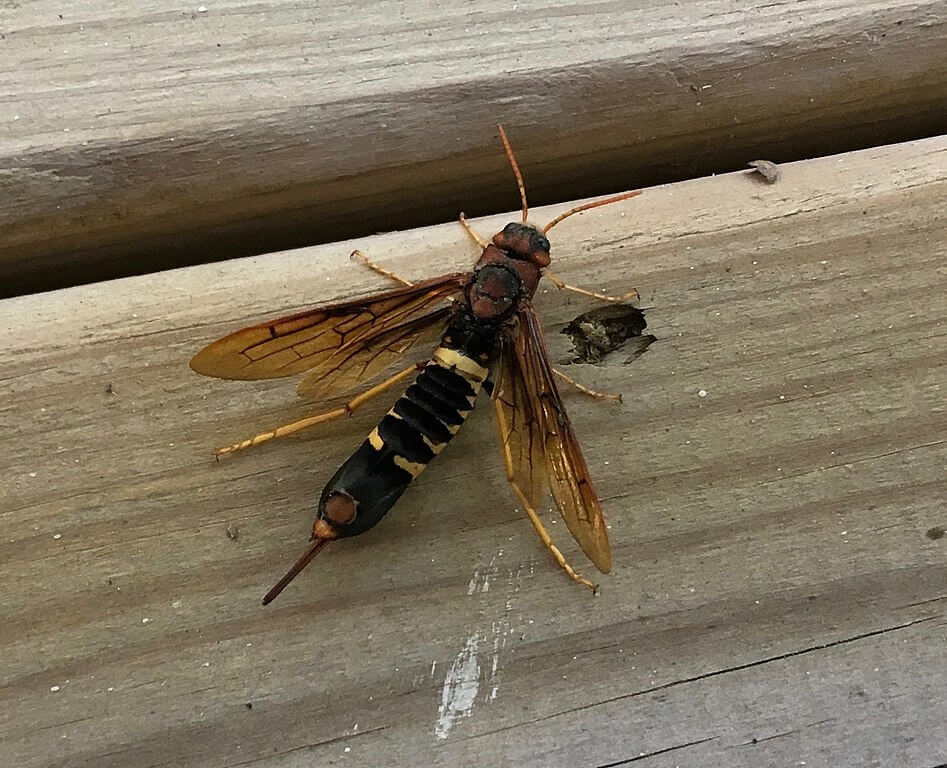Do All Wasps Chew Through Plastic and Wood?
There are different wasp subspecies, as there are with most insects, and not all of them are eager to scavenge houses. The most prevalent species that frequently girdle or chew on your outdoor surfaces include Paper Wasps and Yellow Jackets. These two species of wasp use wood pulp to build stronger nests.

Why Is Wood So Enticing?
Wasps use the dense natural cellulose found in wood, which increases its strength and density, to construct their intricate nests. As the wood ages, its cellulose tissues become exposed and start to draw more hungry wasps.
Do the local council treat wasp nests?
Depending on where you live, the majority of councils do offer wasp nest treatments, but it should be noted that wasp nests typically do not receive priority treatment, and the waiting list can be up to four weeks long. Wasp nests are typically treated by independent pest controllers the same day they are called.
Bonus 1: Wood Wasps
Wood wasps or horntails are more than one hundred and fifty non-social species of Siricidae, a wood-eating sawfly. They are not wasps but sawflies, which have spine-like structures at the end of the abdomen.
To pierce bark or wood and insert eggs, the spine-like structure is used. These flies can reach a length of 4 cm and are typically blue, brown, or black with yellow or red markings.
They are known to infest needle-leaved trees and broad-leaved trees. The larvae spend two years in the tree after the female lays her eggs there. The risk of salvaging the wood decreases due to the wood-rotting fungi found in the horntail tunnels.

Some common species in the USA include:
